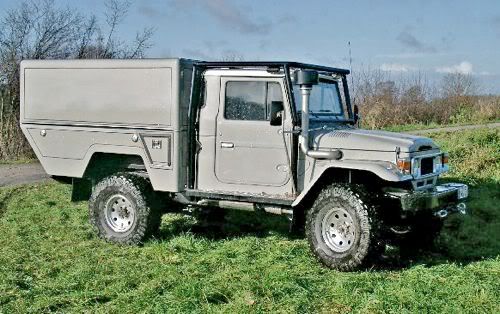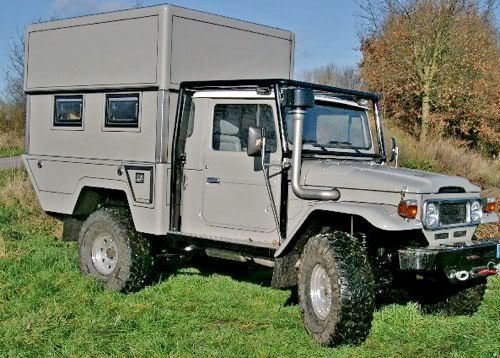rbraddock
Observer
I was browsing the web the other day and came across www.local-motors.com. I am not promoting their product, but I am promoting their idea of community developed, open-source vehicle design. I would like to get opinions on what criteria would be necessary to create the ultimate expedition vehicle, independent of any particular manufacturer. This is a creative assignment to spec out a vehicle capable of exploring anywhere. Think outside the box.
Some of my initial questions for the forum users:
Gas or diesel?
IFS or Solid Axle?
short or long wheelbase or somewhere in between?
tire size?
2 or 4 explorer capable?
camper or rooftop tent?
Ultimately, I will take the input I receive via this forum to develop a design which I will ask the forum here and at locals motors to critique. If the final design is feasible, I may even build it in my shop and license it as a specially constructed vehicle, offering my experience and plans back to this community.
Some of my initial questions for the forum users:
Gas or diesel?
IFS or Solid Axle?
short or long wheelbase or somewhere in between?
tire size?
2 or 4 explorer capable?
camper or rooftop tent?
Ultimately, I will take the input I receive via this forum to develop a design which I will ask the forum here and at locals motors to critique. If the final design is feasible, I may even build it in my shop and license it as a specially constructed vehicle, offering my experience and plans back to this community.




